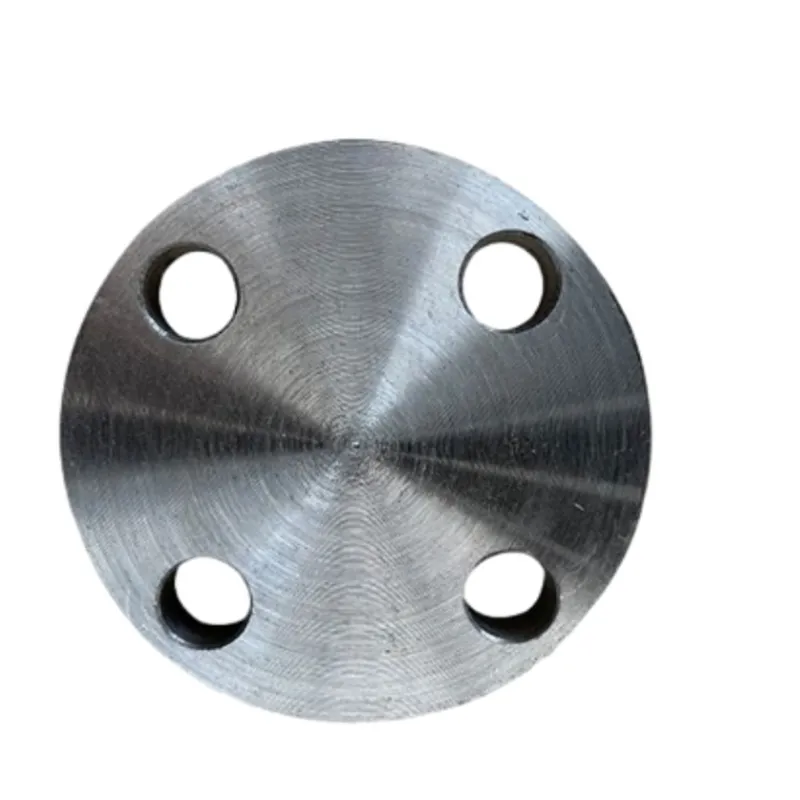-
Cangzhou Yulong Steel Co., Ltd.
-
Phone:
+86 13303177267 -
Email:
admin@ylsteelfittings.com
- English
- Arabic
- Italian
- Spanish
- Portuguese
- German
- kazakh
- Persian
- Greek
- French
- Russian
- Polish
- Thai
- Indonesian
- Vietnamese
- Zulu
- Korean
- Uzbek
- Hindi
- Serbian
- Malay
- Ukrainian
- Gujarati
- Haitian Creole
- hausa
- hawaiian
- Hebrew
- Miao
- Hungarian
- Icelandic
- igbo
- irish
- Japanese
- Javanese
- Kannada
- Khmer
- Rwandese
- Afrikaans
- Albanian
- Amharic
- Armenian
- Azerbaijani
- Basque
- Belarusian
- Bengali
- Bosnian
- Bulgarian
- Catalan
- Cebuano
- China
- China (Taiwan)
- Corsican
- Croatian
- Czech
- Danish
- Esperanto
- Estonian
- Finnish
- Frisian
- Galician
- Georgian
- Kurdish
- Kyrgyz
- Lao
- Latin
- Latvian
- Lithuanian
- Luxembourgish
- Macedonian
- Malgashi
- Malayalam
- Maltese
- Maori
- Marathi
- Mongolian
- Myanmar
- Nepali
- Norwegian
- Norwegian
- Occitan
- Pashto
- Dutch
- Punjabi
- Romanian
- Samoan
- Scottish Gaelic
- Sesotho
- Shona
- Sindhi
- Sinhala
- Slovak
- Slovenian
- Somali
- Sundanese
- Swahili
- Swedish
- Tagalog
- Tajik
- Tamil
- Tatar
- Telugu
- Turkish
- Turkmen
- Urdu
- Uighur
- Welsh
- Bantu
- Yiddish
- Yoruba

Dec . 10, 2024 08:04 Back to list
en1092 01
Understanding EN 1092-1 The European Standard for Flange Design
EN 1092-1 is a crucial European standard that outlines the specifications for flanges used in various piping systems. Established by the European Committee for Standardization (CEN), this standard plays a vital role in ensuring safety, reliability, and compatibility in industrial applications involving fluid transport. Flanges are mechanical components that serve as connectors between two sections of piping, or between pipes and valves, pumps, or other equipment. In this article, we will explore the significance of EN 1092-1, its key features, and its implications for industry professionals.
Overview of EN 1092-1
The EN 1092-1 standard was developed to provide a uniform approach to flange design and manufacturing within Europe. It applies to a range of flange types, including welding neck flanges, blind flanges, and slip-on flanges, among others. The standard covers various parameters such as dimensions, tolerances, material grades, and surface finishes, thereby ensuring consistency across different manufacturers and facilitating interoperability.
Key Features of EN 1092-1
1. Flange Types and Design EN 1092-1 categorizes flanges into several types, including those designed for use in pressure systems. Each type has specific design characteristics that dictate how it will perform under different pressure and temperature conditions. This differentiation is essential to meet the diverse requirements of various industrial applications.
2. Dimensional Standards One of the primary functions of EN 1092-1 is to establish standard dimensions for flanges. This ensures that flanges from different manufacturers are interchangeable, which is crucial for maintenance and repair work. The standard specifies the diameter, thickness, and bolt hole dimensions, allowing engineers to design piping systems with confidence that components will fit seamlessly.
en1092 01

3. Material Specifications The standard outlines various materials suitable for flange production, such as carbon steel, stainless steel, and alloy materials. Each material has distinct properties that affect its performance in specific environments. For instance, stainless steel is often chosen for its corrosion resistance, making it ideal for chemical processing applications. By providing a clear guideline on material selection, EN 1092-1 helps manufacturers and engineers choose the right materials for their specific applications.
4. Pressure Ratings EN 1092-1 includes classifications for flanges based on their ability to withstand internal pressures. These classifications help in understanding which flanges are suitable for high-pressure environments and which are more appropriate for low-pressure applications. This aspect is vital for ensuring the safety and reliability of piping systems, especially in critical industries such as oil and gas, petrochemicals, and power generation.
5. Surface Finish and Quality Control The standard also addresses the surface finish of flanges, which can significantly impact sealing effectiveness and overall performance. A smooth surface helps achieve better sealing, while rough surfaces can lead to leakage. By adhering to EN 1092-1 specifications, manufacturers can ensure that the quality of their flanges meets industry standards.
Implications for Industry Professionals
The adoption of EN 1092-1 by manufacturers and engineers has far-reaching implications. Firstly, it fosters a culture of safety and reliability in industries that rely heavily on fluid transport. By using standardized components, professionals can reduce the risk of equipment failure, which can result in costly downtime and safety hazards.
Moreover, the standard facilitates international trade and cooperation, as it provides a common language for professionals across different countries. Engineers can confidently specify flanges that conform to EN 1092-1, knowing they will find compatible products from various suppliers.
In conclusion, EN 1092-1 stands as an essential standard in the realm of flange design and manufacture. Its comprehensive guidelines promote safety, interoperability, and quality across a wide range of industries. For professionals in the field, understanding and applying this standard is crucial for ensuring the success of piping projects and the integrity of fluid transport systems. As industries continue to evolve, adherence to standards like EN 1092-1 will remain pivotal in driving innovation while maintaining safety and performance.
Latest news
-
ANSI 150P SS304 SO FLANGE
NewsFeb.14,2025
-
ASTM A333GR6 STEEL PIPE
NewsJan.20,2025
-
ANSI B16.5 WELDING NECK FLANGE
NewsJan.15,2026
-
ANSI B16.5 SLIP-ON FLANGE
NewsApr.19,2024
-
SABS 1123 FLANGE
NewsJan.15,2025
-
DIN86044 PLATE FLANGE
NewsApr.19,2024
-
DIN2527 BLIND FLANGE
NewsApr.12,2024
-
JIS B2311 Butt-Welding Fittings LR/SR 45°/90° /180°Seamless/Weld
NewsApr.23,2024











